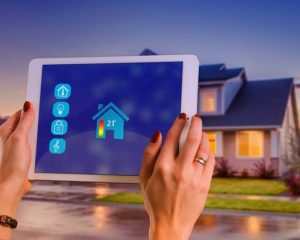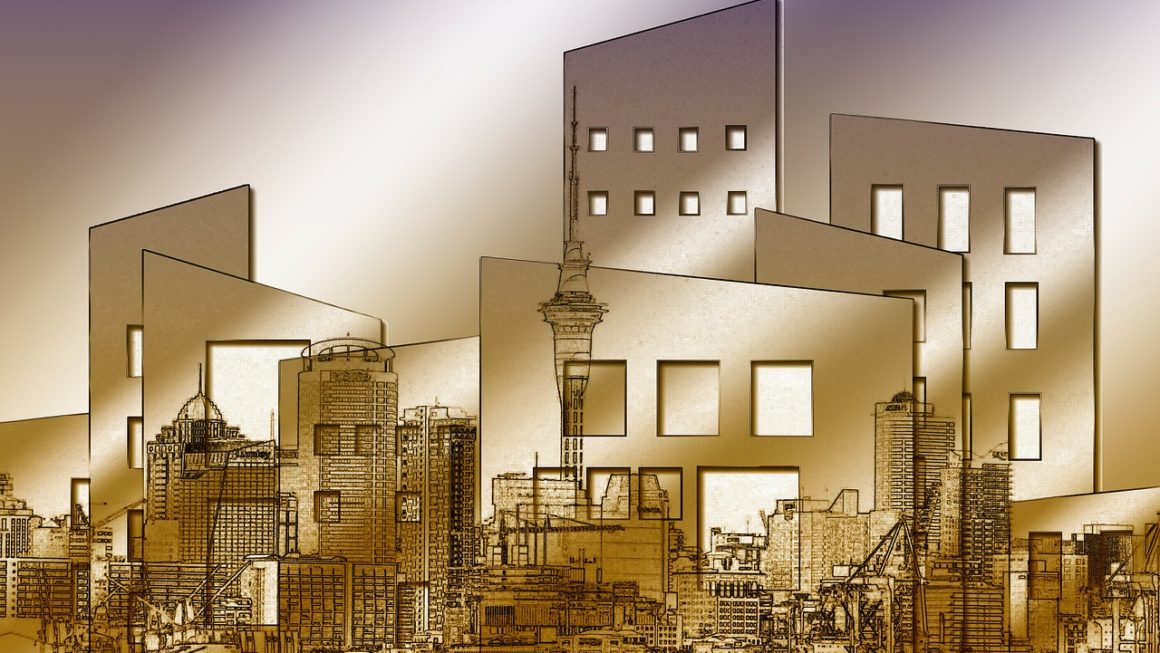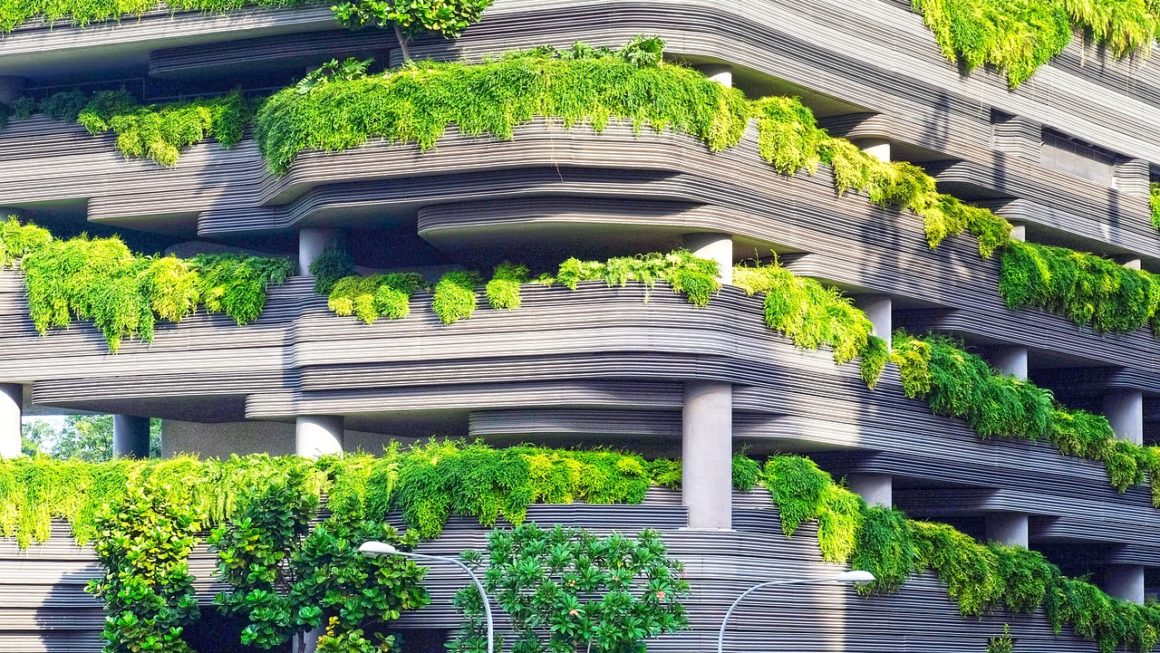We often talk about the future and what we can expect from it, but many of us do not realize that the future is already here. Our buildings have been evolving alongside our civilisations for thousands of years. We develop our housing to be more comfortable, safer, and more aesthetically pleasing.
Right now, the new revolution is coming in the form of smart buildings. What are they and what can they do? Will they improve the quality of our lives and do we actually need them? Let’s answer these questions below.
What Is a Smart Building?

A smart building is a building which uses technology to let the owner know what’s happening inside the building and to optimize all the processes that go on inside. This technology is often used to automate the processes in the building, such as heating and ventilation, as well as security and air conditioning.
The main idea behind smart buildings is to reduce wasteful energy expenditure. For example, your heating does not have to be on all day long if you are not at home the major part of the day. You can still come back to a warm house if you turn the heating on using an app when you leave work.
The Main Features of Smart Buildings?
The four main features of smart buildings include:
- Connected Systems: The main feature of a smart building is that all its main systems are linked together. For example, fire alarms, electricity, pumps, water meters, lighting, and so on, all work as one big unit.
- The use of sensors: A smart home would not be as smart if it was not equipped with a large number of sensors that provide the systems with crucial information. For instance, footfall counters can tell the systems which parts of a building are more crowded at a given part of a day, so more energy can be directed to that area.
- Data: Smart buildings are different from regular buildings in that they generate large amounts of data. This data can either be used by engineers or by the systems in the building to optimize processes and improve living conditions.
- Automation: Finally, automation is the result of all the features mentioned above. Smart buildings can learn and automate processes in the house without any input from humans.




